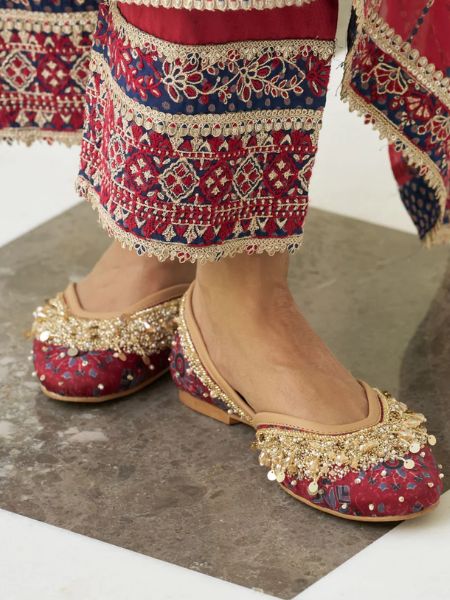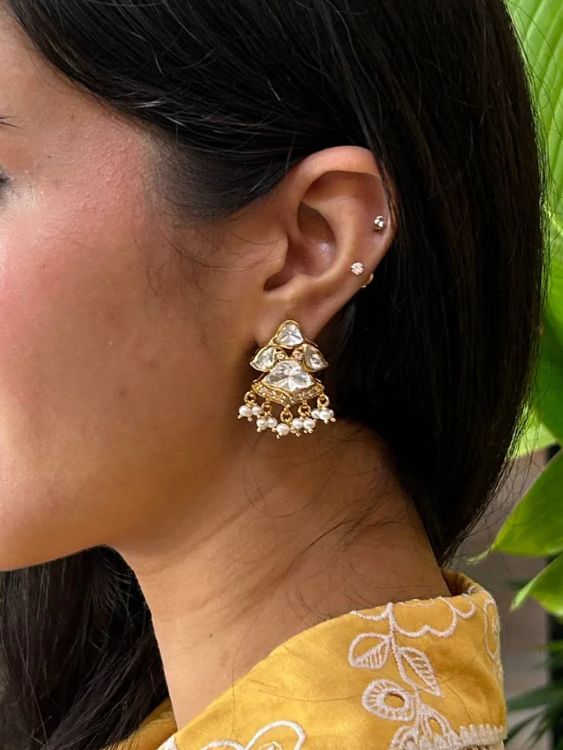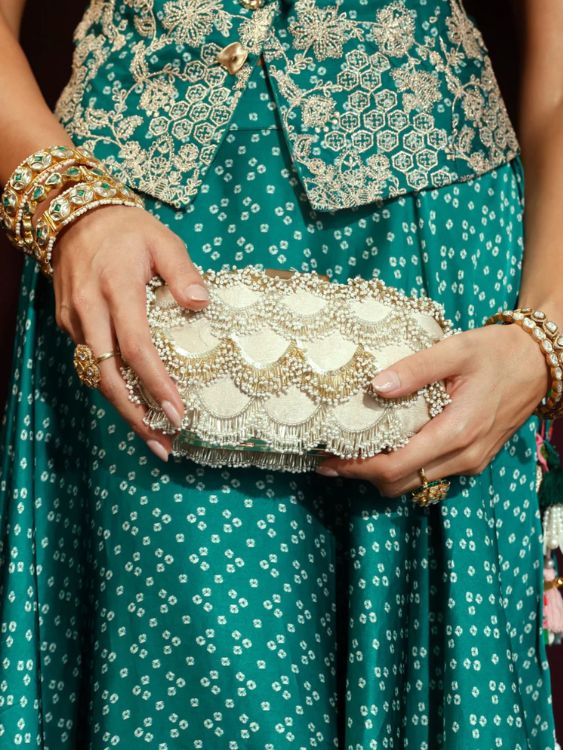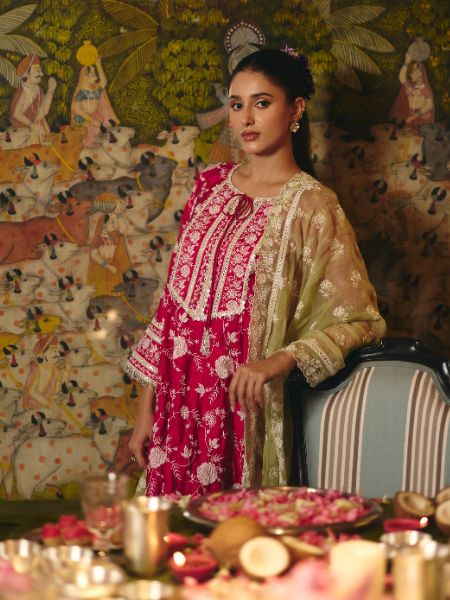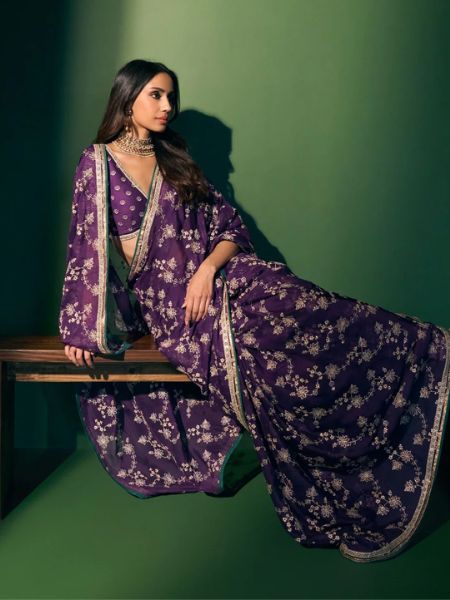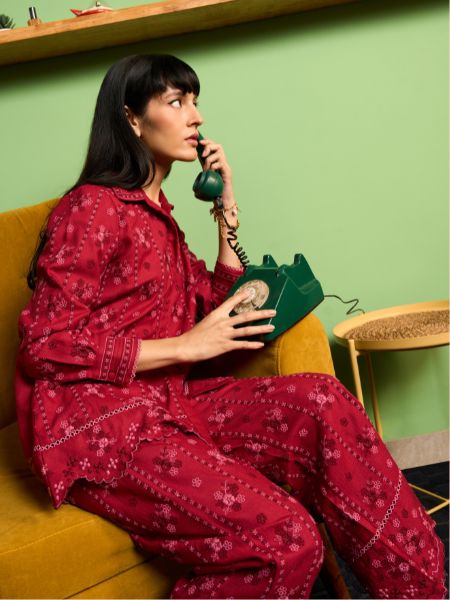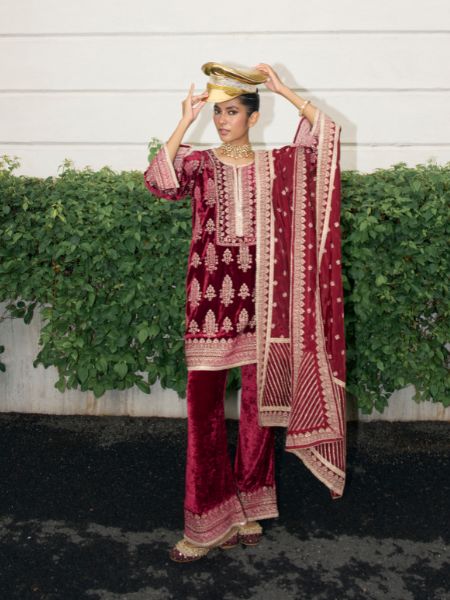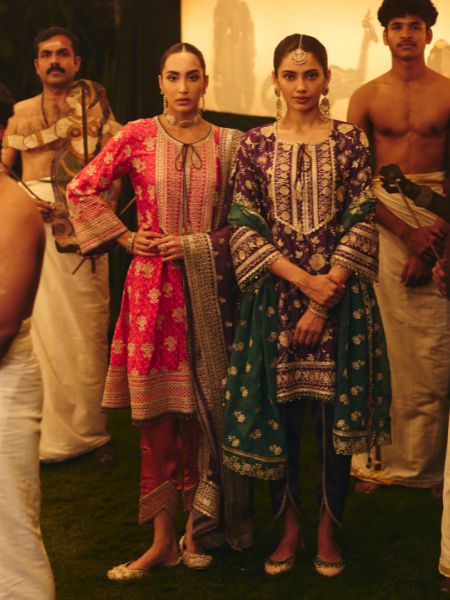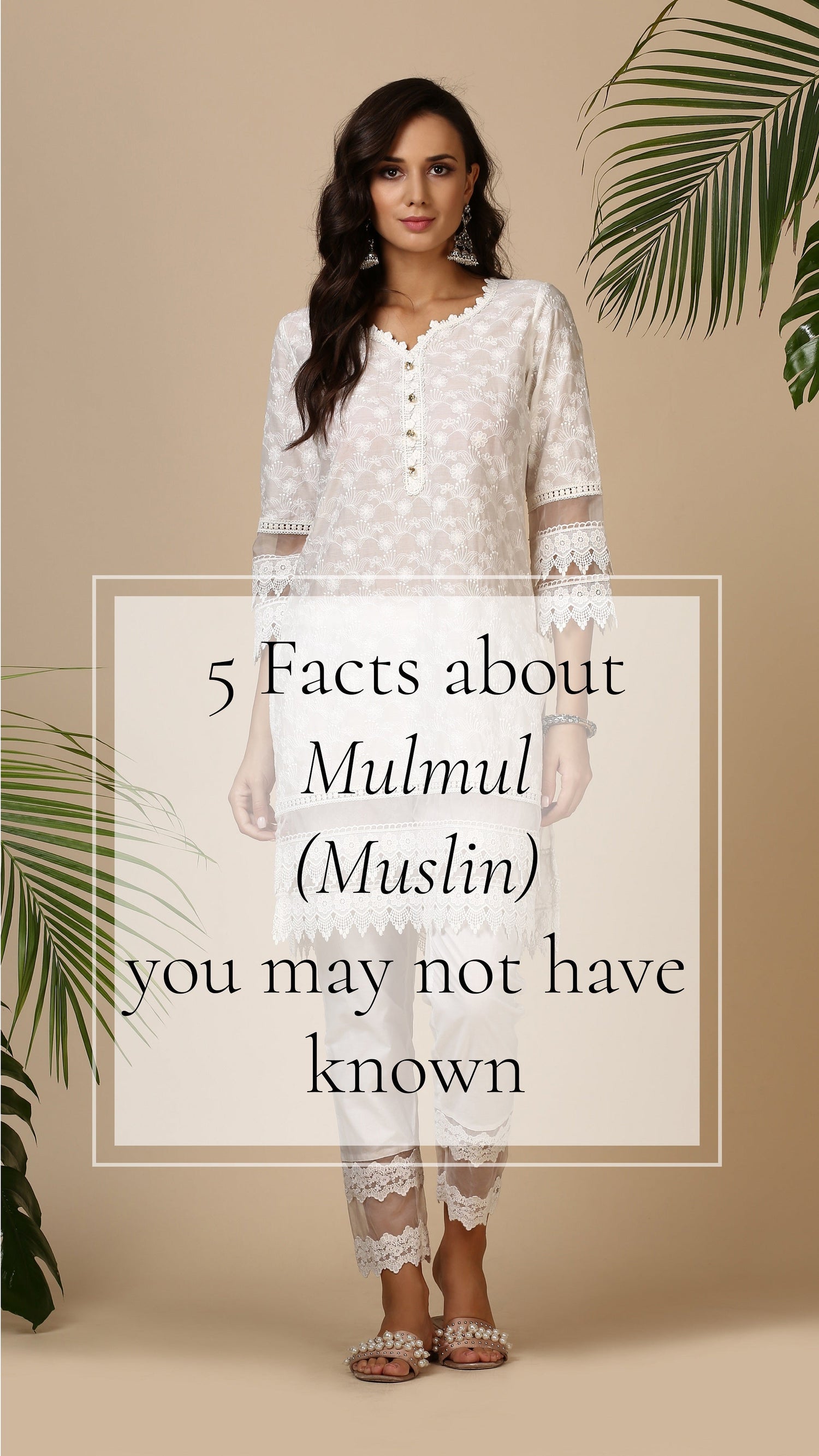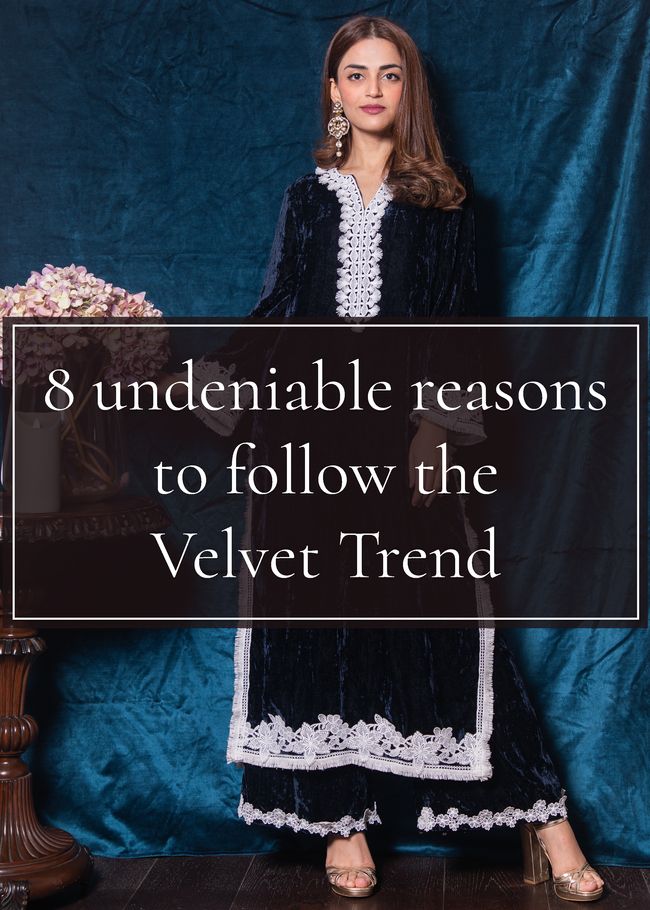
Perhaps the most celebrated Italian Explorer and Merchant of all time, Marco Polo is a common name in the books of history. Having travelled across the world through the twilight of the 13th Century, his eyes were witness to some of the most mesmerizing cultures and handicrafts of the world.
1. Origin of the Word
The term ‘Muslin’ is popularly believed to be a term used by him to describe the cotton trade in the City of Mosul, Iraq. An alternate derivation of the term is believed to have surfaced in the 18th Century, from the term French term ‘mousse’ meaning foam, owing to the extremely soft texture of the cloth.
When the cloth was woven for royalty, the muslin was called ‘Mulmal’ khas. The viceroys who used to place orders for the Emperor had immortalized it by giving it descriptive names such as Ab-e-rawan, meaning ‘running water’, Shabnam meaning ‘evening dew’ and Sharbati meaning ‘wine-like’, all of which are befitting names for this uber luxurious fabric.
2. Originated in Dhaka
 According to the stories inherited from our Asian forefathers, ‘Mulmul’ fabric is popularly believed to have originated in ‘Dacca’, present day Dhaka, Bangladesh.
According to the stories inherited from our Asian forefathers, ‘Mulmul’ fabric is popularly believed to have originated in ‘Dacca’, present day Dhaka, Bangladesh.

3. Exclusive to the Royals
Owing to its unmatched softness and unparalleled comfort, Mulmul fabric was worn exclusively by the Royalty from the times of antiquity. The exclusivity that the Royalty had started enjoying with regard to the use of Mulmul had amassed a new high, and they left no stone unturned to maintain that privilege.

4. The Horrific Thumb Cutting
It is believed that thumbs of all the artisans who were involved in the preparation of the cloth were cut off, to ensure that there was no replication of the cloth.

5. The Burn Test
Owing to our vast cultural heritage and diversity, Mulmul fabric is still celebrated in certain parts of our country. A certain way of checking the authenticity of the fabric is to its test natural fibers against synthetic. The test involves for one to burn a thread of the cloth; if it burns to ashes, it is natural. If on the other hand, it melts, it is plastic (polyester, acrylic, etc).
Fast forward to 2018, we decided to bring stylish comfort back in fashion. Made of only the softest, hand-picked Egyptian-grade Cotton, our limited- edition collections are timeless, with subtle, elegant styles meant for all occasions.

